Tips on How to Get a Car Out of Limp Mode
Seeing a warning sign “check engine” in the middle of nowhere is what you do not want to experience, particularly in the middle of the night. When it suddenly shows up, there is something wrong with your engine. If your car’s transmission shifted to second or third gear and remain in this position without warning, it looks like you are in a “limp mode.”
There are ways to determine if your car is in “limp mode.” To help get your car out of limp mode efficiently, we have written this how-to guide. Also included are some relevant facts that you need to know about limp mode.
What is “Limp Mode?”
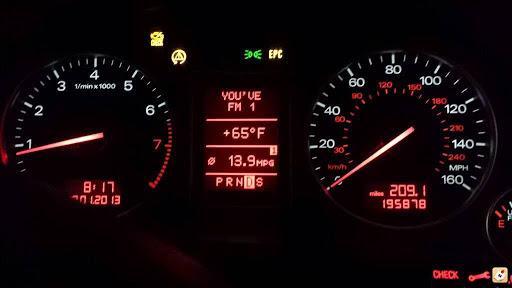
Via http://drivinglife.net/what-are-the-major-causes-and-solutions-of-limp-mode/
A “limp mode” is a function of the computer system in your vehicle that alerts you once a problem is recognized. The issues may include the transmission system, computer program glitch, sensors, signals in the system, and other internal issues.
The “limp mode” is the computer’s response to an ongoing issue to alert you what is happening with the vehicle’s system. Do not panic if you receive the warning. The computer is giving you enough time to act upon on the impending danger.
What You Need:
Steps on How to Get a Car Out of Limp Mode
Limp mode protects your transmission system if the damages are detected. During this mode, the transmission will be only on the second or third gear to keep your car safe. It will also give you enough speed to drive your car to the secure area or into a service center.
If you think the transmission problem is temporary, you can get the car out of limp mode by following these easy steps:
Step 1 – Do Not Panic. Find A Safe Place to Park

Via http://www.preloved.co.uk/classifieds/parking-spaces-to-rent/to-rent/uk/southsea
If your car suddenly switches to a limp mode, look for a safe place to park and give it enough time to reset on its own. Turn off the car’s engine and leave it that way for 5 minutes. It will give the car’s computer system enough time to disable everything.
After 5 minutes turn on the car try moving the gears until you reach the highest gear shift. If you succeed, then your car’s internal computer has reset back to normal.
Step 2 – Turn the Engine On and Off
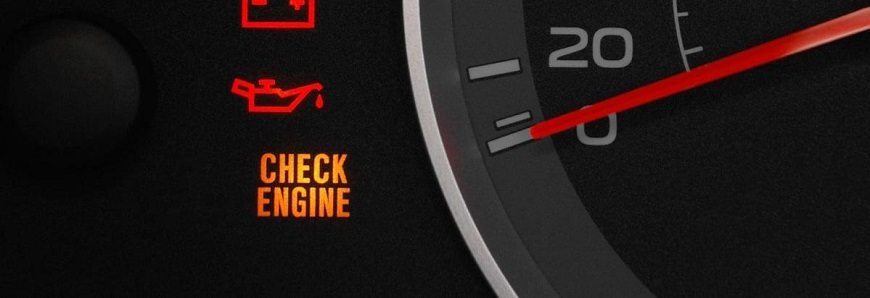
Via https://www.consumerreports.org/car-repair-maintenance/what-does-check-engine-light-mean/
Read the error code showing up on the dashboard by counting how many times the flashes show up. To do this correctly, turn the ignition key ON without starting the car five times with five seconds interval to see the light on the dashboard so you can accurately read the error code.
Observe if the engine light will flash, then count the flashes. Each flash corresponds to a two-digit code, for instance, a two to three code would read as a flash flash, then you will see flash flash flash consecutively followed by a long pause. Interpret the flash codes and deal with the problem accordingly.
Step 3 – Using a Car Diagnostic Scanner
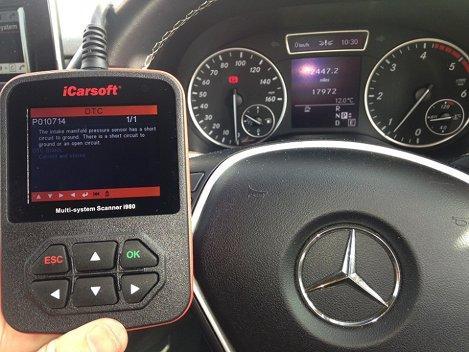
Via https://www.transmissionrepaircostguide.com/limp-mode/
If you prefer the easiest method of determining if the car ignition system has failed or the problem is just system glitch that can be corrected on its own, use the car diagnostic scanner.
The scanner can interpret the sensor in the car that may produce code error messages. It can also provide you the history of the transmission performance to inform you of the exact problem.
The diagnostic scanner can be used to check any issues in the boost deviation of the vehicle due to a sudden stop of the car sending it into limp mode.
Step 4 – Detaching the Battery
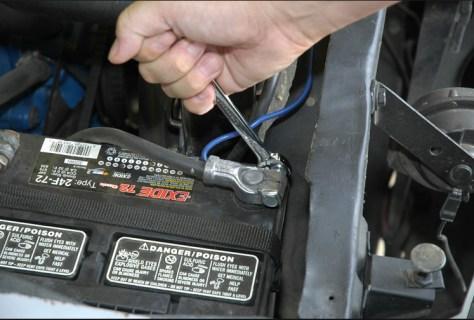
Via http://www.autotransmatic.com/how-to-check-your-transmission-fluid/
There are instances in which the transmission is affected by an unrelated error like a loose connection. If this is the case, turn off the engine and then open the bonnet. Detach the battery for 30 minutes then reconnect. By doing this, you will be able to reset the transmission memory.
Step 5 – Check the Automatic Transmission Fluid
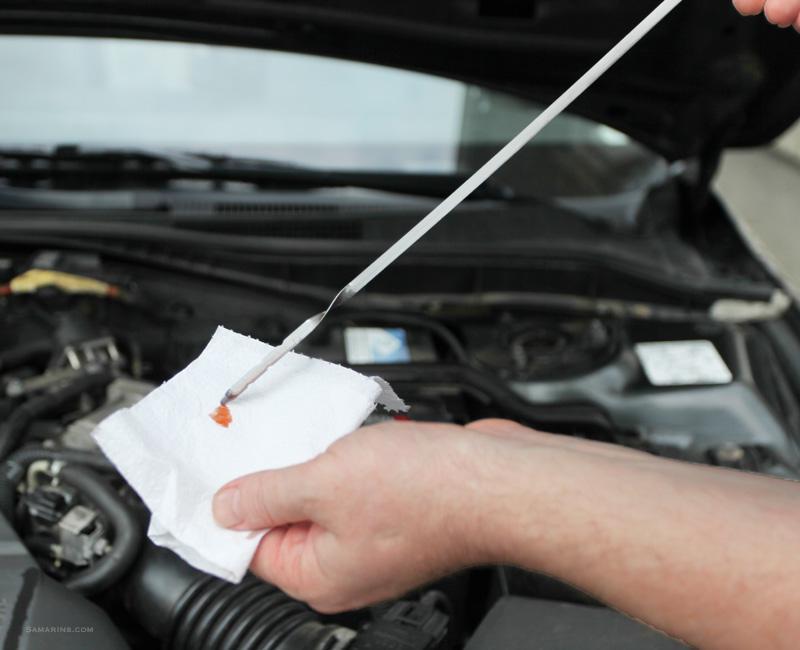
Via http://autorepairhelp.us/disconnecting-a-car-battery-can-be-costly/
This problem is one of the common causes behind the limp mode. In case you have a leaking or low fluid problem in the engine, it means lubrication is not enough, this may stall your car.
In checking the fluid, park your car on a level surface after driving it in a short distance, open the hood and use a dipstick to read the level.
Leakage may cause low fluid level. Fixing it right away should be done right away to top up the fluid and patch the leaking pipe.
Step 6 – Check the Clutch Cables and Linkages
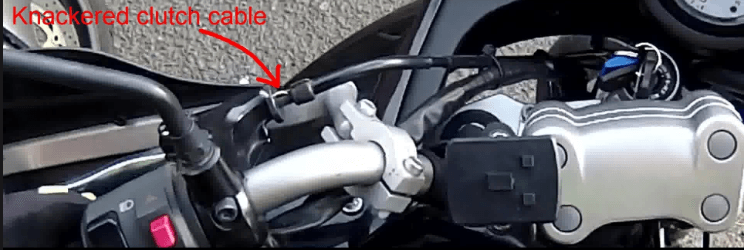
Via https://www.youtube.com/watch?v=tqTL1Ostt-I
Due to everyday use, the clutch cables and linkages may be out of alignment, or you might be using the wrong kind of transmission fluid for your vehicle. You need to bring your vehicle to a registered mechanic to check the entire transmission system and carry out the required adjustments.
Step 7 – Other Efficient Solutions
Batteries may not be due to a failed transmission. Leakages could be due to the corrosion and rust of the wire system. It may lead to disconnection problems that will lead to giving your transmission sensors the error code.
If you cannot find any error after resetting your vehicle by turning it off or detaching the battery, then these two could be the main reasons for the error. You should do a thorough inspection to get rid of the future stalling.
Conclusion
It is vital that you have your car checked regularly to avoid costly repairs. A simple transmission error could be resolved quickly if you have given the proper attention right away. Limp mode is the easiest way your vehicle communicates with you that there is something wrong with your transmission or is possible in the near future.
The above guide will help you get your car out of the limp mode efficiently by dealing with the causes. However, if you think the problem is something that you cannot handle on your own, you need to bring your car to an auto shop right away.
